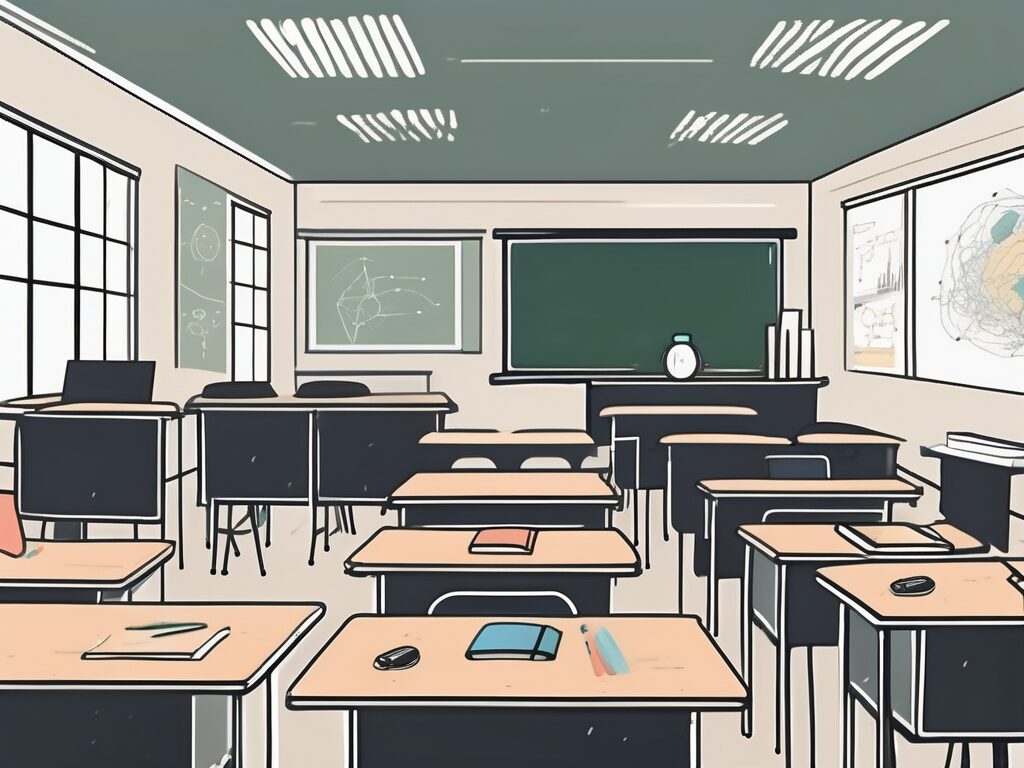In the world of education, there’s a constant quest to discover and implement the most effective teaching methods. One approach that’s been gaining traction in recent years is collaborative teaching. This method, which encourages students to learn and grow together, is particularly popular in Malaysia. But what exactly is collaborative teaching, and why is it so effective? Let’s delve into the details.
Understanding Collaborative Teaching
Collaborative teaching, also known as co-teaching or team teaching, is a method where two or more educators work together to plan, organise, instruct and assess a single group of students. It’s a bit like having a football team with multiple coaches, each bringing their unique skills and perspectives to the table.
Collaborative teaching is not just about sharing the workload. It’s about creating a rich and diverse learning environment where students can benefit from the combined expertise of multiple educators. It’s a bit like cooking a stew with multiple chefs, each adding their unique ingredients to create a delicious final product.
The Benefits of Collaborative Teaching
So, why is collaborative teaching so popular in Malaysia? Well, there are several benefits to this approach. For starters, it allows for a more personalised learning experience. With multiple teachers in the classroom, students can receive more individual attention and support. It’s a bit like having a personal trainer at the gym, but for your brain.
Collaborative teaching also promotes a sense of community and teamwork among students. By working together, students can learn valuable skills such as communication, problem-solving, and conflict resolution. It’s a bit like being part of a sports team, where cooperation and teamwork are key to success.
Collaborative Teaching Methods in Practice
Now that we understand the benefits of collaborative teaching, let’s look at how it’s implemented in Malaysia. There are several different methods that educators can use, each with its own unique benefits.
Station Teaching
Station teaching is a method where the classroom is divided into different ‘stations’, each focusing on a different topic or skill. Students rotate between these stations, allowing them to learn from different teachers and perspectives. It’s a bit like visiting a museum with different exhibits, each offering a unique learning experience.
This method is particularly effective for large classes, as it allows teachers to manage the classroom more effectively and provide more individual attention to students. It also encourages students to take responsibility for their own learning, as they must actively engage with each station.
Parallel Teaching
Parallel teaching is a method where the class is divided into two equal groups, with each teacher instructing one group. This allows for more individual attention and support, as each teacher has fewer students to manage. It’s a bit like having a smaller dinner party, where the host can spend more time with each guest.
This method is particularly effective for complex topics, as it allows teachers to provide more detailed explanations and support. It also encourages students to engage more actively in the learning process, as they have more opportunities to ask questions and participate in discussions.
Challenges and Solutions
While collaborative teaching offers many benefits, it’s not without its challenges. For example, it requires a high level of coordination and communication between teachers. It’s a bit like organising a music concert, where everyone needs to be in sync for the performance to be successful.
However, these challenges can be overcome with careful planning and preparation. For example, teachers can use collaborative tools such as Google Docs to plan lessons and share resources. They can also schedule regular meetings to discuss progress and address any issues. It’s a bit like having a team meeting in a business, where everyone comes together to ensure they’re on the same page.
In conclusion, collaborative teaching is a powerful method that can enhance the learning experience for students in Malaysia. By working together, teachers can create a rich and diverse learning environment that promotes individual growth and community spirit. It’s a bit like building a bridge, where everyone works together to create something amazing.
Elevate Your Teaching Career with IPGCE
Ready to take your collaborative teaching skills to the next level and expand your professional horizons? IPGCE is here to bridge the gap, offering a comprehensive International Postgraduate Certificate in Education that not only enhances your qualifications but also significantly increases your chances of securing interviews and advancing in your career. With our iPGCE, you’ll join a global network of educators, gain a deep understanding of international curricula, and enjoy the flexibility of online study tailored to working professionals. Don’t let inadequate credentials or isolation hold you back. Embrace the opportunity for professional growth and become 65% more adaptable in the ever-evolving landscape of global education. Join the UK’s #1 Teacher Training Course today and transform your teaching journey!

